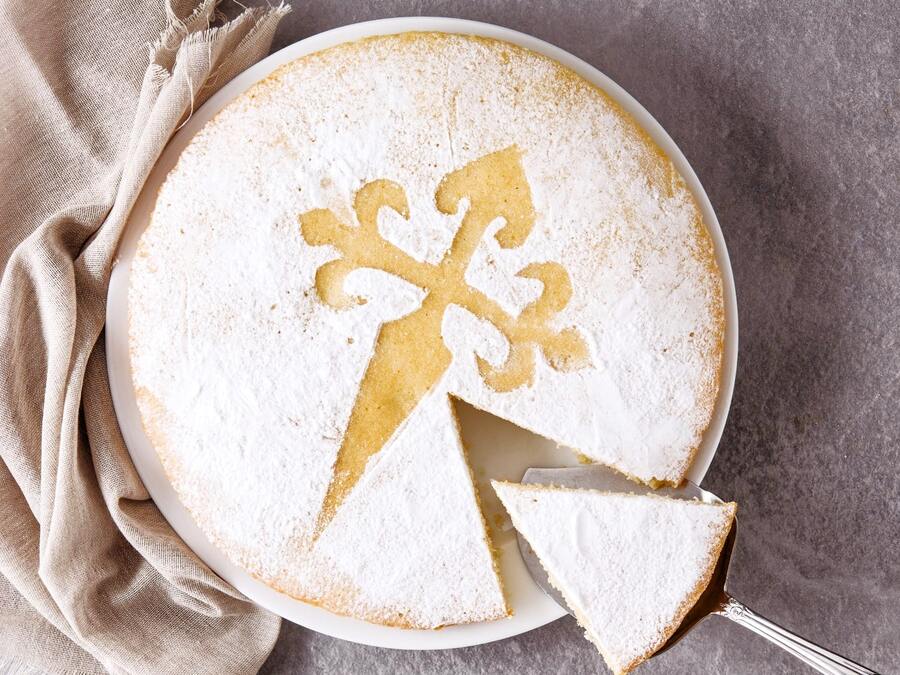Oh my goodness, you guys. Have you ever heard of Argentine alfajores? If not, prepare to have your taste buds blown away. These sweet little sandwich cookies are a staple in Argentina and other parts of South America, and for good reason. They’re made with two buttery, crumbly cookies filled with rich, creamy dulce de leche and rolled in coconut. Yes, please!
But let’s back up a bit. What exactly are alfajores? The word “alfajor” comes from the Arabic word “al-hasú,” which means “filled” or “stuffed.” And that’s exactly what these cookies are: two discs of dough filled with something sweet and delicious. In Argentina, that filling is almost always dulce de leche, a caramel-like spread made from sweetened condensed milk.
Alfajores have been around for centuries, with roots in the Middle East and Spain. When the Spanish colonized South America in the 16th century, they brought the recipe for alfajores with them. Over time, the recipe evolved and adapted to local ingredients and tastes, resulting in the delicious Argentine alfajores we know and love today.
One of the key ingredients in Argentine alfajores is cornstarch. It might seem like an odd ingredient for a cookie, but it’s what gives alfajores their signature melt-in-your-mouth texture. The cornstarch makes the dough more tender and crumbly than regular flour would.
But enough about the history and ingredients. Let’s talk about the taste! Argentine alfajores are sweet, but not overly so. The cookies themselves are buttery and crumbly, with a hint of lemon zest for added flavor. The dulce de leche filling is rich and creamy, with a deep caramel flavor that pairs perfectly with the cookies. And the coconut on the outside adds a nice touch of texture and sweetness.
The best part? You can make Argentine alfajores at home! They’re surprisingly easy to make and don’t require any fancy equipment or ingredients. All you need is some basic baking supplies and a little bit of patience (the dough needs to chill for a bit before you can roll it out).
So what are you waiting for? Join me on this culinary adventure as we explore the delicious world of Argentine alfajores. Trust me, your taste buds will thank you.
[penci_recipe]


